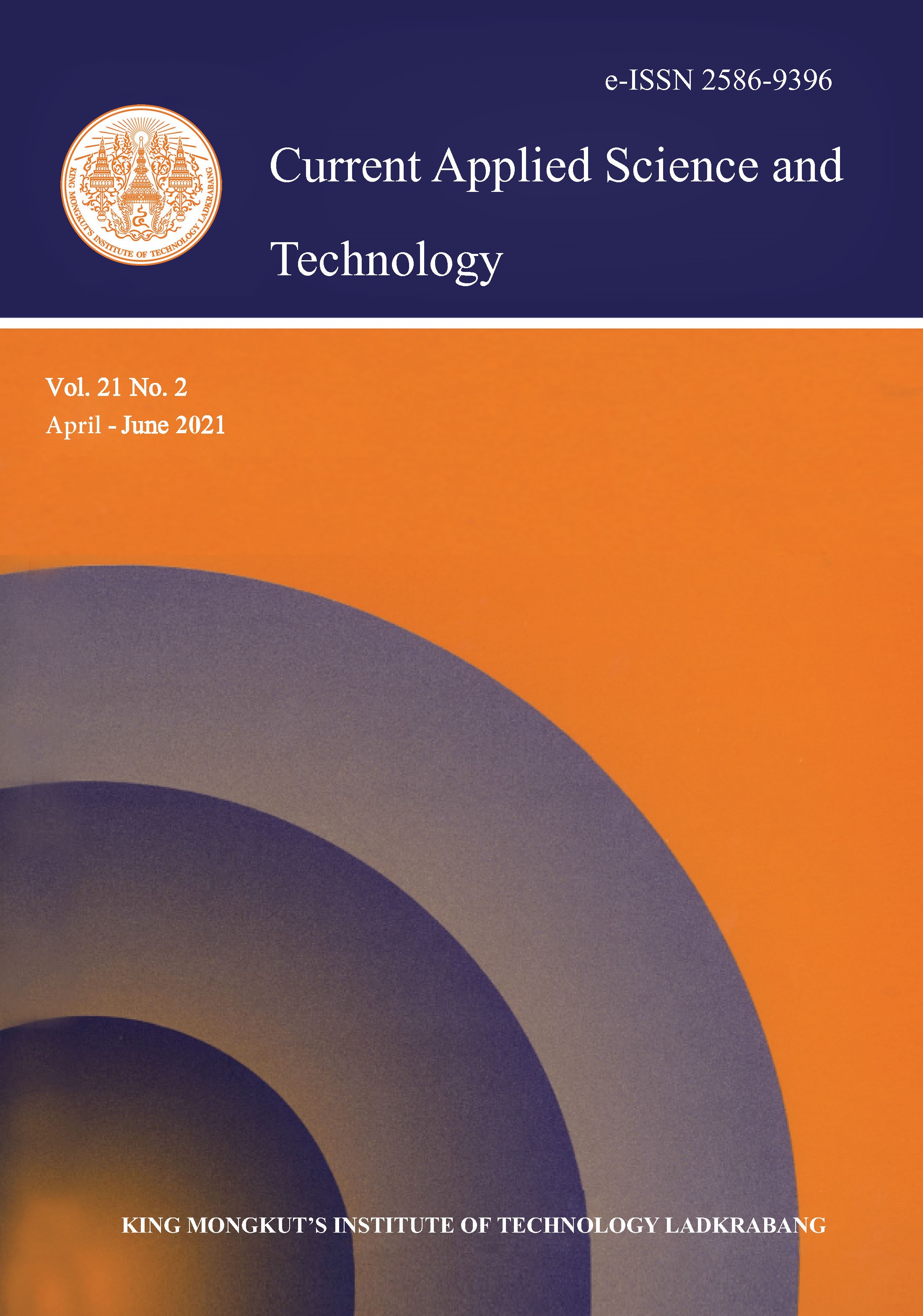This study investigates a transmission model of Hand-Foot-Mouth disease (HFMD) where the age structure of the population is taken into account. Most infections in Thailand occur among children below the age of 10 years, whose immunity to HFMD is lower than people of age greater than 10 years. Therefore, a mathematical model was developed in which the population was separated into two groups with respect to age: one comprised of children aged less than 10 years, and another comprised of the rest of the population. The reproductive number was obtained by the next-generation matrix approach. Global asymptotical stability of the developed model was assured using Lyapunov’s direct method. The model was validated by showing that the 2D and 3D trajectories of the numerical solutions for the different sub-population groups converged to the endemic equilibrium states when the reproduction number was greater than one, thus supporting the theoretical conclusions. Results show that the time series behaviors of the different normalized populations groups converge to the disease-free state when the values of the parameters are such that the basic reproductive number is 0.591481 (i.e., less than one) and to an endemic state when the values of the parameters are such that and (i.e. greater than one). The results of this study can suggest ways for reducing the outbreak of this disease.
Keywords: Hand-Foot-Mouth Disease (HFMD); SEIR model; mathematical model; stability; age structure
*Corresponding author: Tel.: 662-329-8000 Ext. 6196 Fax: 662-329-8412
E-mail: puntani.po@kmitl.ac.th
Lamwong, J. undefined. ., Wongvanich, N. undefined. ., Tang, I. undefined. ., Changpuek, T. undefined. ., & Pongsumpun*, P. undefined. . (2020). Global Stability of the Transmission of Hand-Foot-Mouth Disease According to the Age Structure of the Population. CURRENT APPLIED SCIENCE AND TECHNOLOGY, 351-369.
